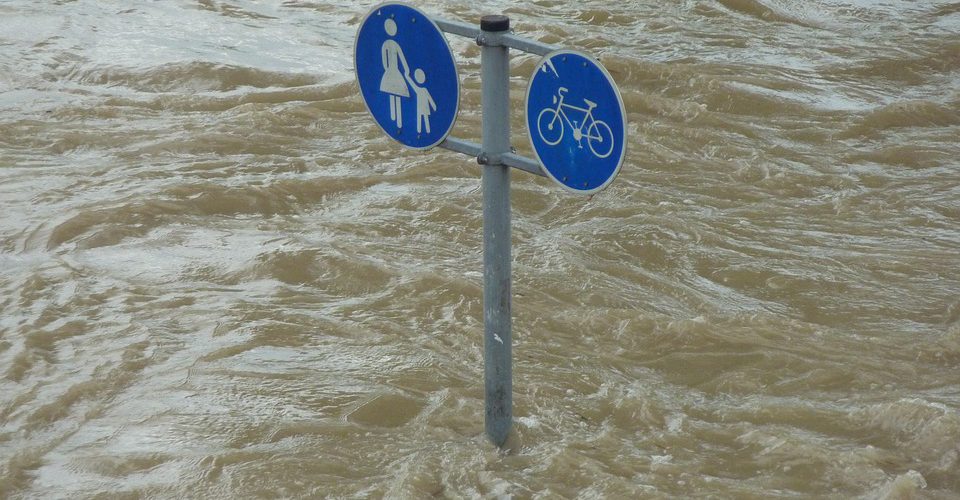
Flood Protection Measures Against Natural and Indoor Flooding
- On February 25, 2023
Everyone was shaken by the recent news about massive flooding in Japan due to Typhoon Maria. Torrential rains destroyed infrastructures, agricultural lands, and residential homes in this Asian country.
Aerial photographs are too horrifying to look at, and every news about casualties and missing people just sends shivers down the spine.
While we watch Japan try to recover from this disaster, it leaves a lesson for all of us – calamities can strike in a blink of an eye and before you know it, you have lost almost everything that you have. No country can be too powerful to avoid disasters like this, and the best that we can do is to prepare for them.
Eastern Singapore’s flash floods just last January
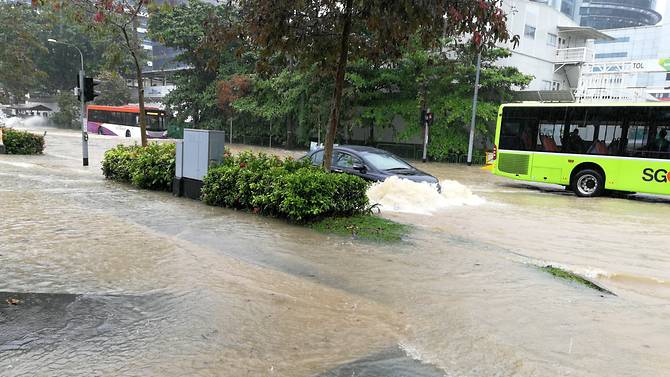
Photo from Channel News Asia
In all fairness, Singapore is one of the countries in the region with laudable and effective flood preparation and prevention measures in place.
However, the eastern parts of the country encountered massive flood problems at the beginning of 2018. Intense rain recorded at 56mm per hour fell on nine locations in eastern Singapore which is about half of the country’s average monthly rainfall. One resident in Bedok described it as the worst flash flood they have experienced in three decades.
Due to the effective anti-flood measures in place within the region, flood water subsided only hours after its strongest downpour.
Despite our fast recovery from this episode, houses were damaged, cars were drenched in water, and it caused great inconveniences to everyone affected. It seems like the government could not have done any better. And although this intense rainfall happened only in a small portion of Singapore, it leaves one question for all of us to ponder. Are we sure that our homes are secure from intense natural flooding?
When was the last time you sat down and thought about installing devices and fixtures inside and outside your house that would protect you from flooding?
For those living in semi-detached houses, terraced houses, detached houses, and other landed properties, this is a major concern. Flood protection measures within and around your property is something you really need to work on.
Now, we know that most of us live in HDB flats and residential units inside a building. We may think we’re spared of flooding and all that, but haven’t you heard of indoor flooding?
This kind does not require any monsoon winds or tropical depression to destroy our properties. One act of carelessness can lead to indoor flooding that may have the same debilitating effect as the ones we see in the news.
So in this post, we’ll discuss preventive measures that will help us secure our homes from torrential flooding due to natural causes and indoor flooding that’s normally caused by water supply problems. These tips may not guarantee 100% safety from floods, but they will give our homes at least a layer of protection.
Natural flood-protection tips for landed properties
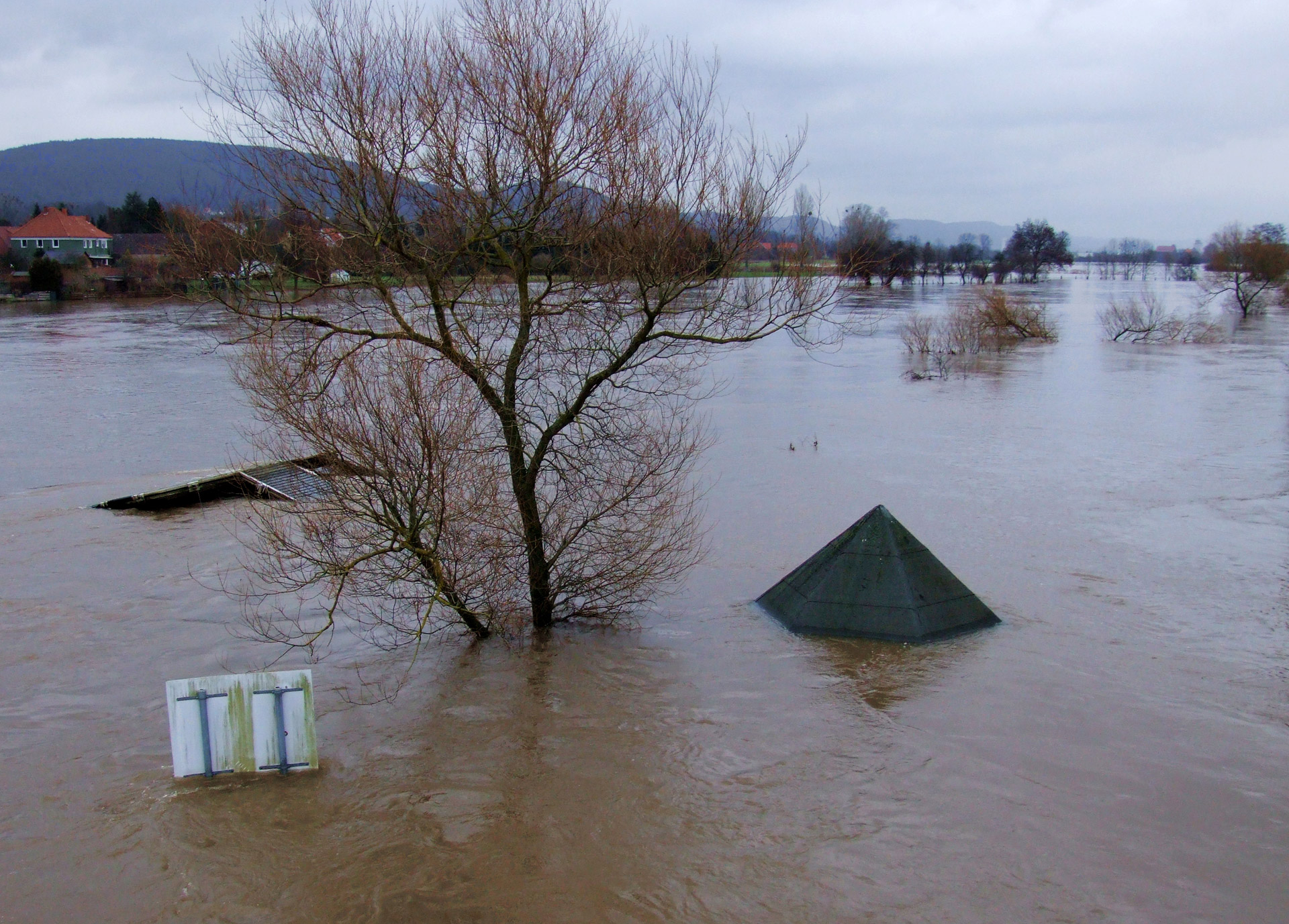
Nothing seems to beat flood cleanup after a natural calamity, but how about not having to experience indoor flooding at all? Now, the tips we’re sharing today are the most effective measures we’ve seen to help you secure landed properties from this natural calamity. Let’s take a look at them.
Elevate flooring
Our advice to landowners who are still in the planning stage of constructing their residential homes is to elevate the floor. If your title to the property allows you to raise the level of your floor, this is the wisest anti-flood measure you can ever implement at the outset of construction. An elevation of four to six inches is said to be sufficient.
Surround your house with flood-barriers
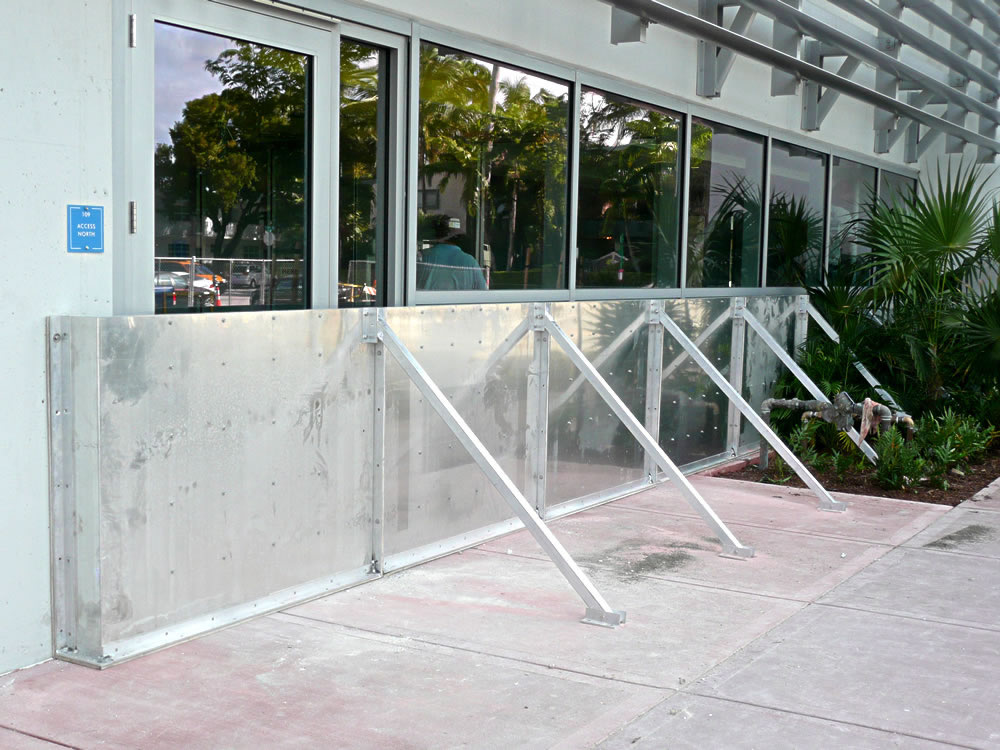
Photo from Flood Barriers
Even the Singaporean government recommends installing flood barriers around buildings and structures. Flood barriers are the first line of protection for landed properties since they block flood water before they even reach the borders of homes and buildings.
This is the most ideal anti-flood measure in the country since waters during intense flooding have never reached levels that are higher than standard flood barriers. If you’re worried about installation, you can always ask a handyman to do it for you. There are flood panels available for installation in residential properties too. They usually come in a kit, complete with materials and installation manuals.
At least have sandbags ready
If you don’t want to go through all this installation process or you’re not comfortable hiring and paying a handyman to do it for you, at least have sandbags ready in your garage. Put them out and pile them up around your home the moment you hear of the news of possible flooding in your area.
In addition to these measures we’ve mentioned above, you can also install floor drains either on the outskirt of your house or in areas like the living room, kitchen and bedroom. Drains at the outskirt of your home will channel flood water someplace else, instead of getting into your house.
Indoor floor drains in home areas aside from the bathroom will, on the other hand, alleviate indoor flooding before it gets worse.
Indoor flooding and its causes
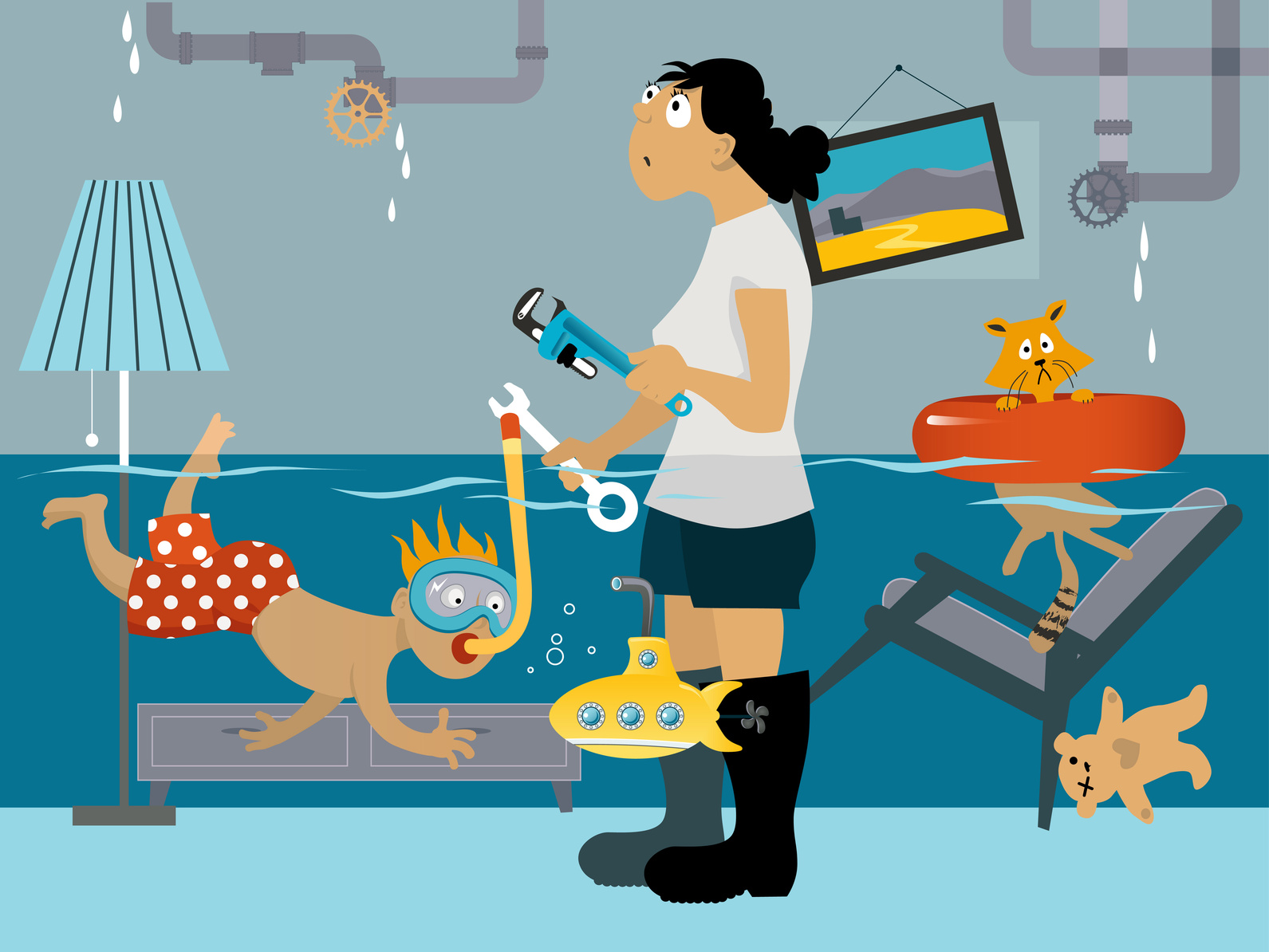
Now we reach an important part of this post that’s applicable to most of us. From here onwards, we’re going to talk about indoor flooding that usually comes as a surprise to HDB flat owners. The main reason is that we usually take for granted an important part of our home structure, which is our plumbing system.
Let’s look into some plumbing issues that usually result in indoor flooding. This avoidable occurrence inside our house is something that nobody wants to experience ever.
Washing machine hose breakdown
Simple as it sounds, there are several households that have suffered indoor flooding simply because of washing machine hose breakdowns. You may not have thought about it but here’s why some homeowners experience indoor flooding due to this plumbing issue.
Imagine working in your office nook at home after turning the washing machine on. You feel safe and secure knowing that your clothes are going to be cleaned in an hour or so, only to feel the water under your feet after the hose broke down. Water has been flowing incessantly from the washing machine faucet and you see your items on the floor drenched and wet.
To avoid this scenario, replace your washing machine hose or at least have it repaired at the first sign of damage. All you have to do is to check this part of your appliance before you start putting clothes in. See if there’s a crack and inspect for any sign that the hose is worn out.
Some washing machine hoses have steel or iron component on them. Check for signs of rust. See if they have loosened up and replaced the part that doesn’t look okay. Every washing machine has a manual. It wouldn’t hurt to check it too.
Water heater leaks

The same thing can result from a water heater breakdown!
Why and how?
First off, a water heater automatically fills itself every time you use it. It’s like your toilet bowl tank that fills itself with a new water supply after every flush.
The only difference is, heaters refill their reservoirs more often and with a bigger water supply compared to your toilet bowl. This means that when there is a leak in your heater, it will keep refilling because the water level in the reservoir will never be enough.
That’s one of the worst scenarios when you’ve gone out to work for the day or when you’ll be away on vacation for several days!
The logical anti-indoor-flood measures you could do are regular inspections as well as water heater installation & repair shall a need arise.
Broken and leaking pipes
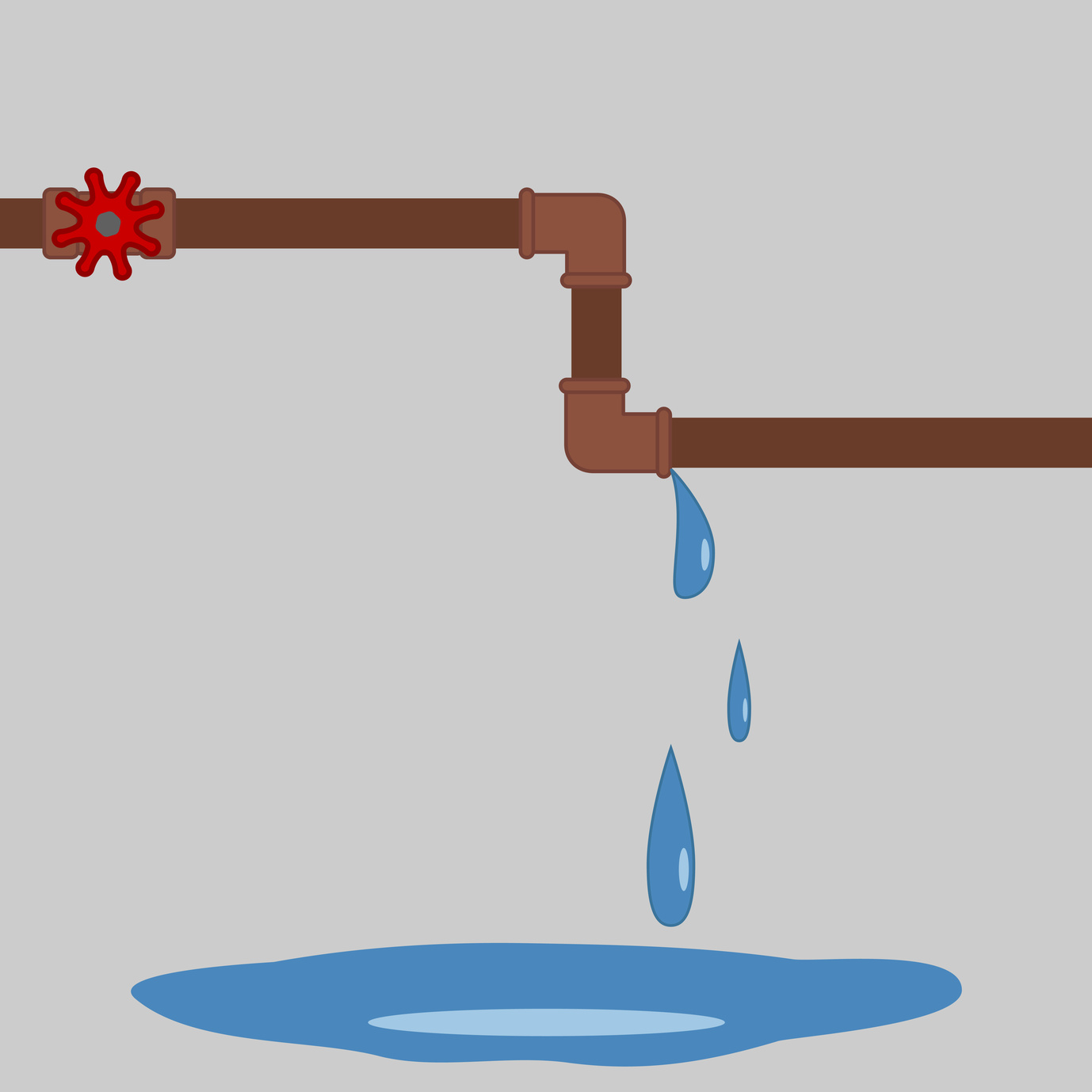
It doesn’t take a rocket scientist to tell us that indoor flooding is highly probable when there’s a leaking or broken pipe inside your house.
This is a common problem in HDB flats with plumbing pipes that have not been inspected or replaced for a long time. Truth is, these pipes have an expiration date based on the condition of our water supply. If abrupt changes in water pressure happen frequently, there’s a higher risk for pipes to crack, break down, and leak.
We know that almost all plumbing fixtures have pipes, like your bathroom and kitchen sink, toilet bowl, and shower.
If your whole HDB flat always goes through water pressure changes, these water supply fixtures may get damaged all at the same time, resulting in severe indoor flooding!
These are the most common causes of indoor flooding and sometimes, the simple solution is just in front of you.
Final Note
At the core of it all, we have to understand that our home plumbing system gets damaged just as the walls, roofs, windows, and doors of our houses get damaged. These water supply fixtures may even wear out faster than the other components of our homes because we use them many times a day.
With this in mind, you should be more vigilant in taking care of your pipes, faucet, water heater, shower, and all similar fixtures within your house. This will at least give our homes a layer of security from indoor flooding and natural floods.



0 comments on Flood Protection Measures Against Natural and Indoor Flooding